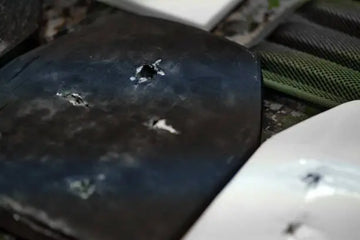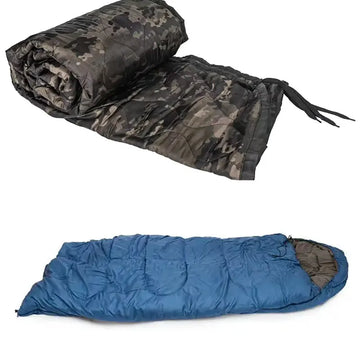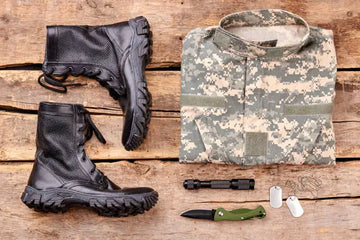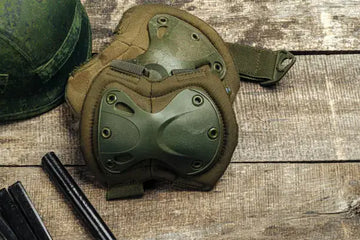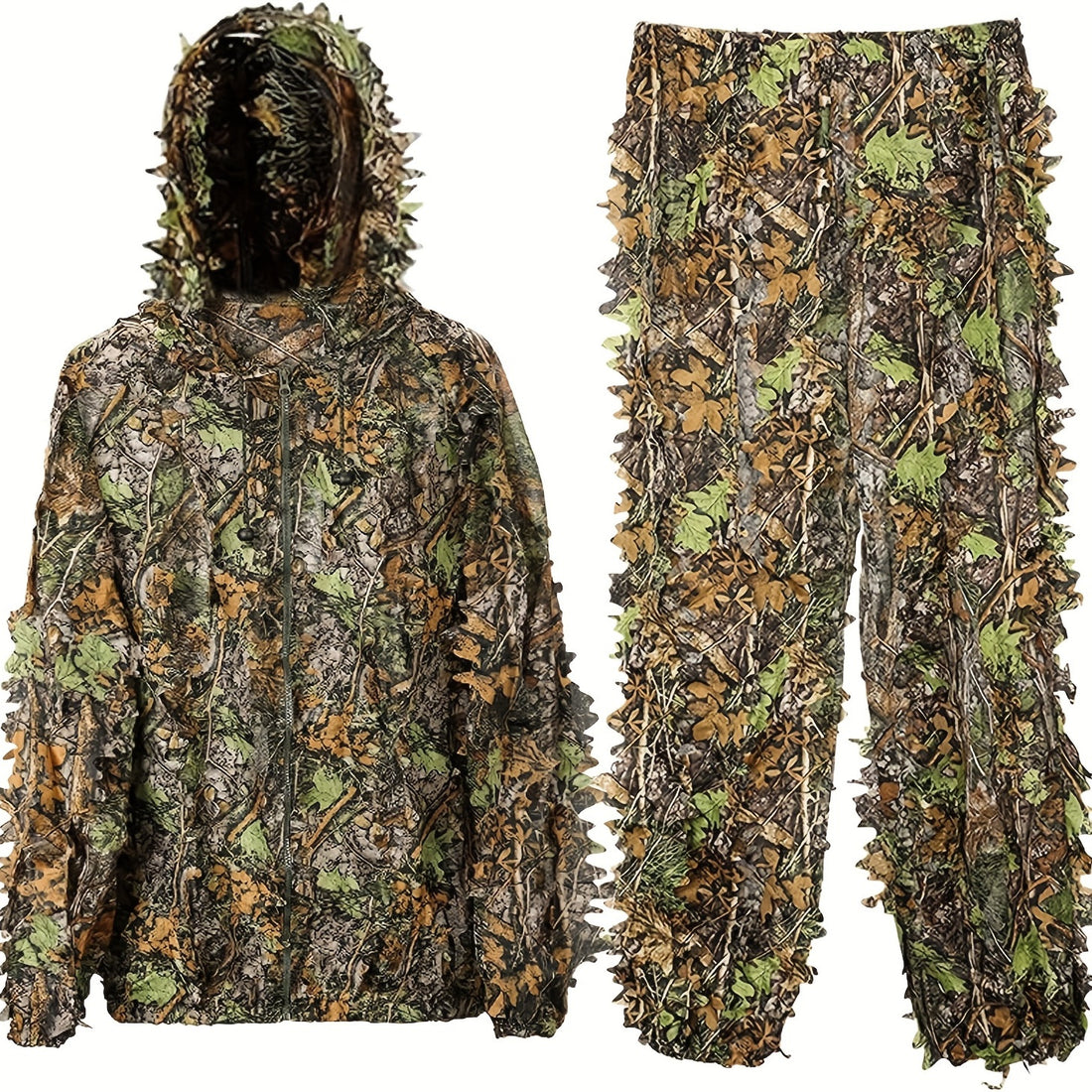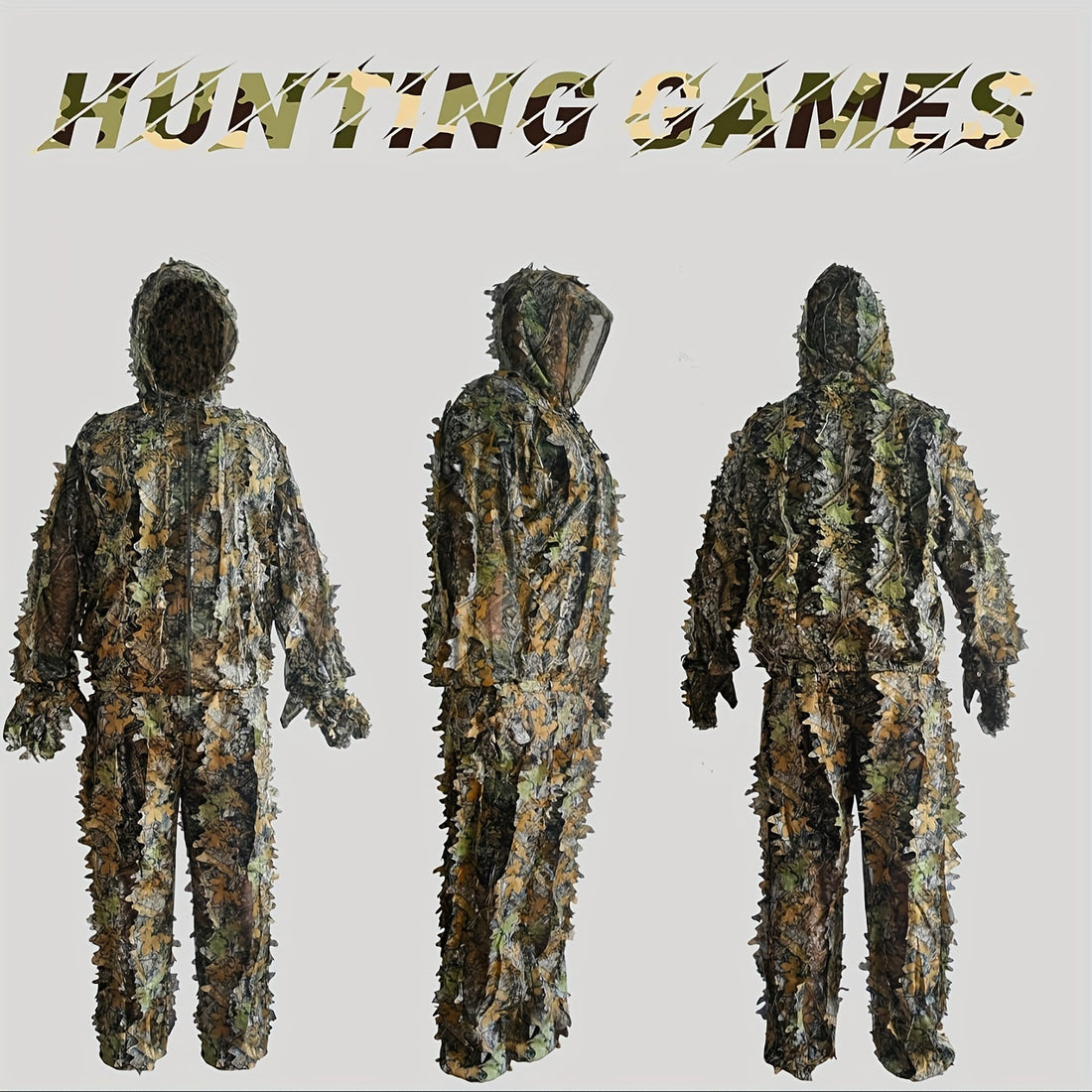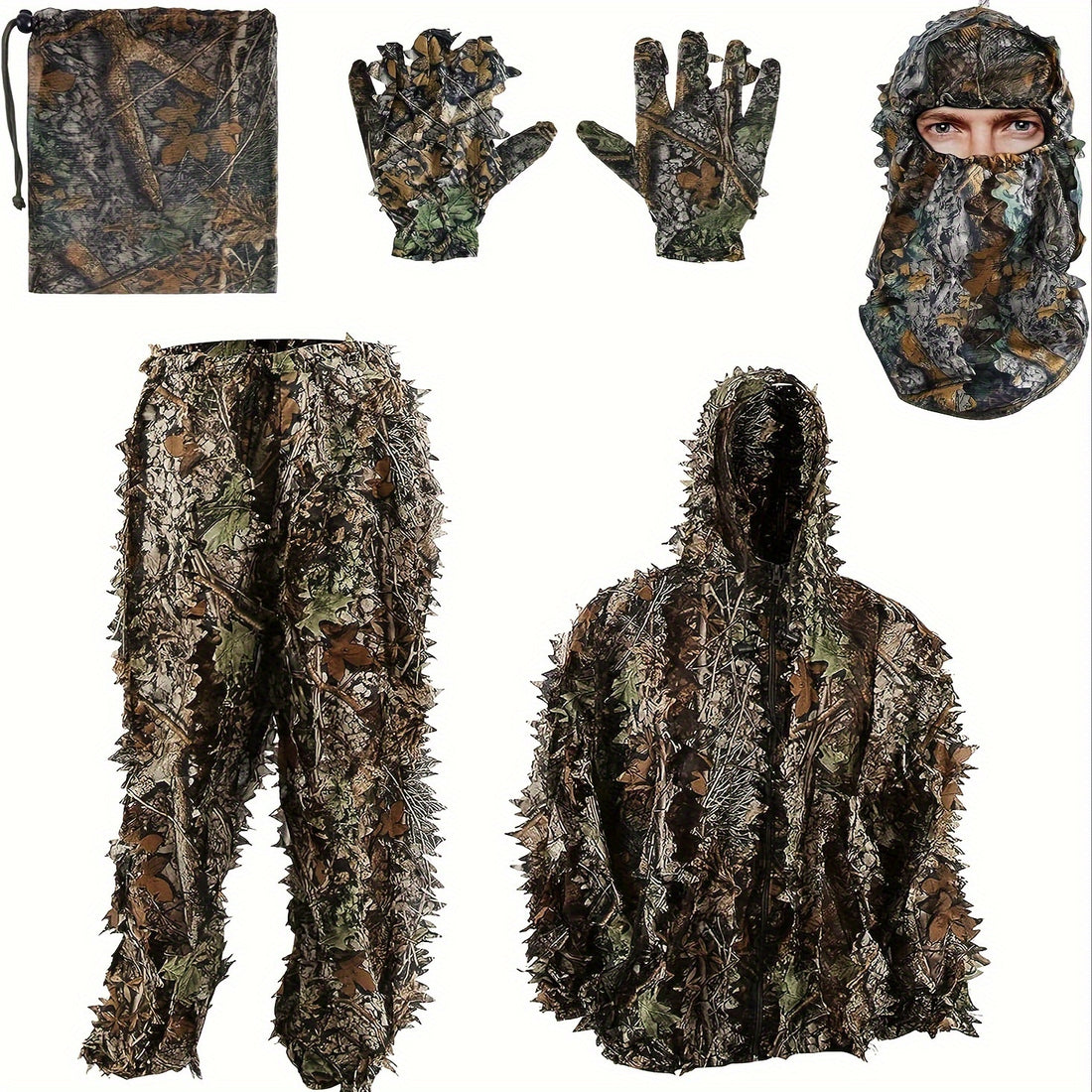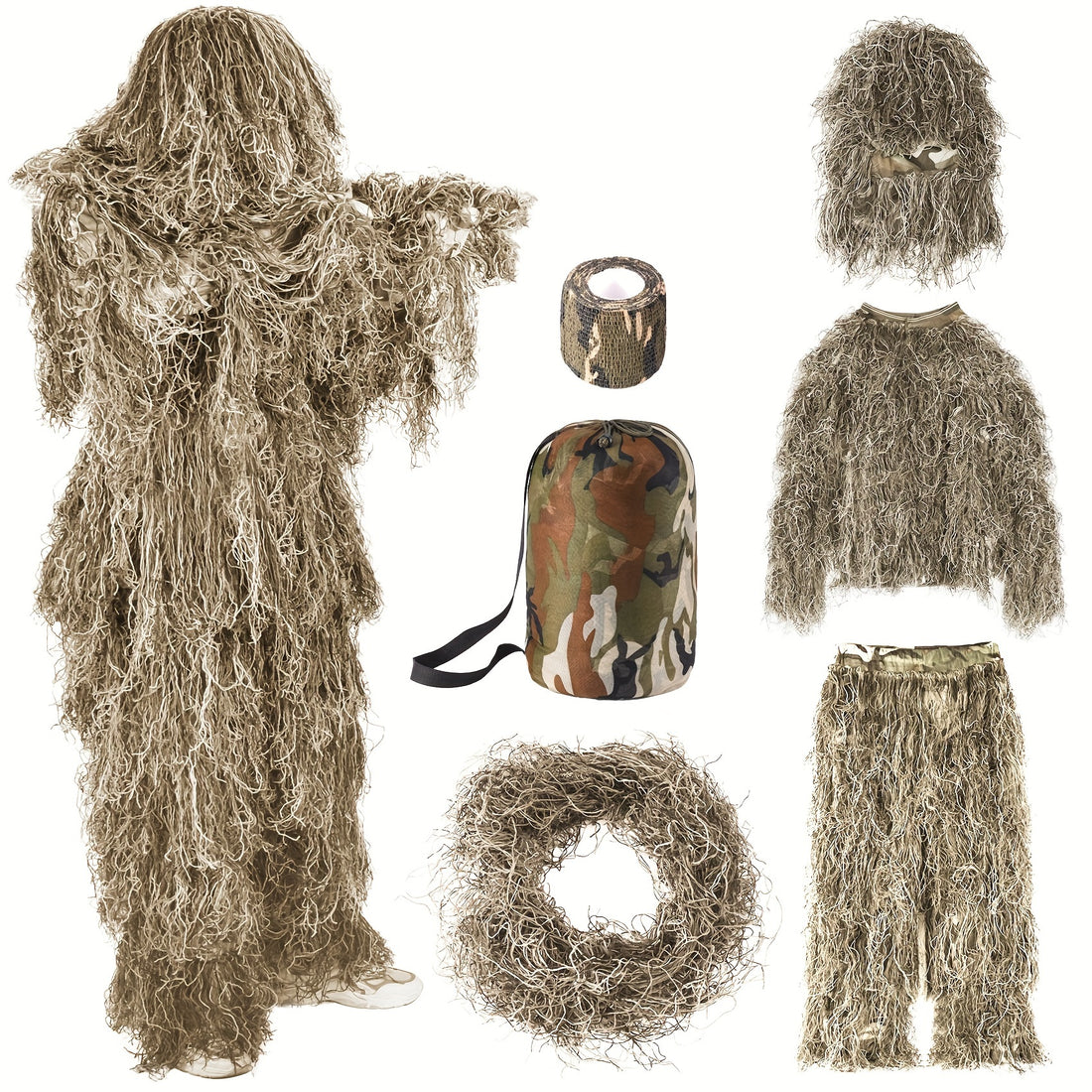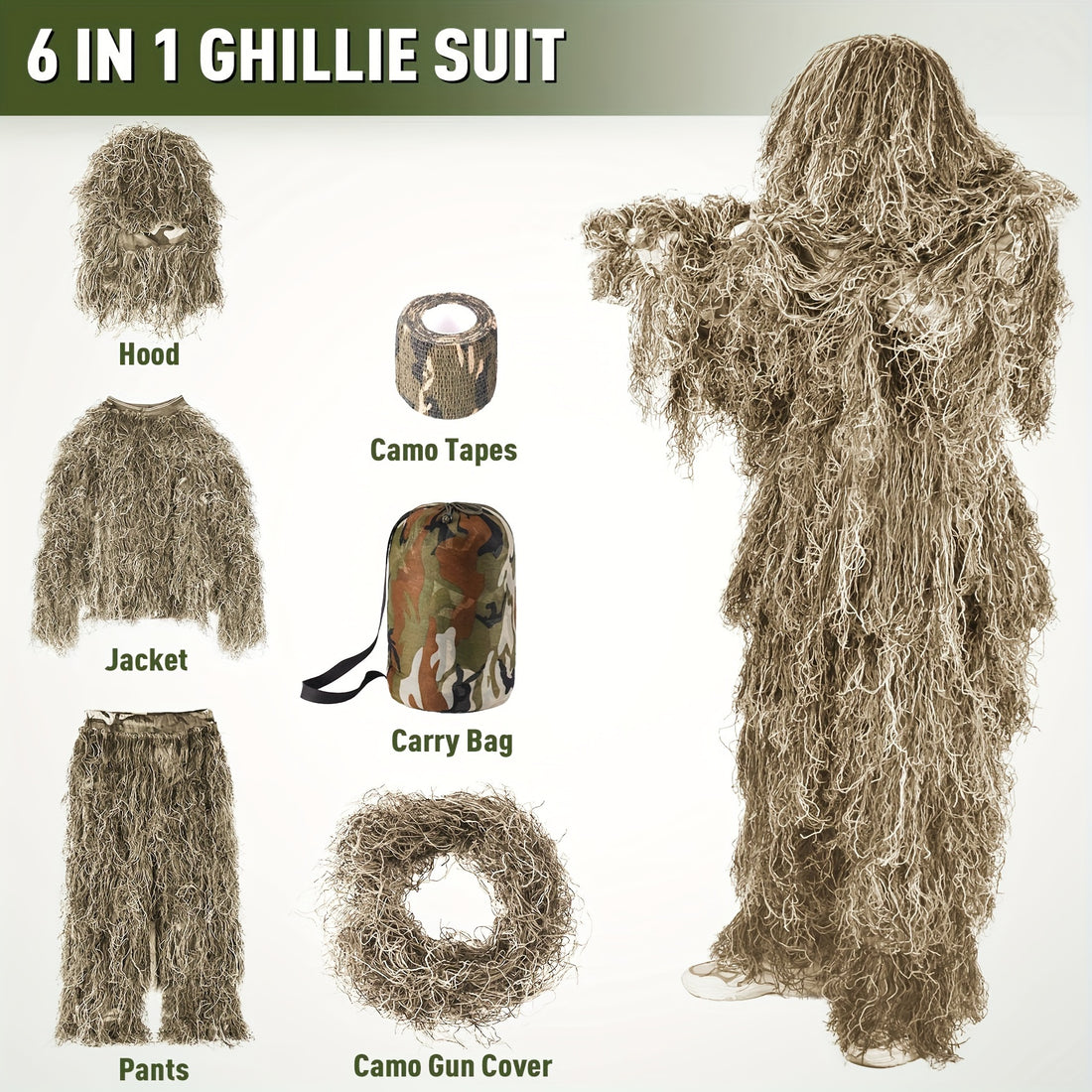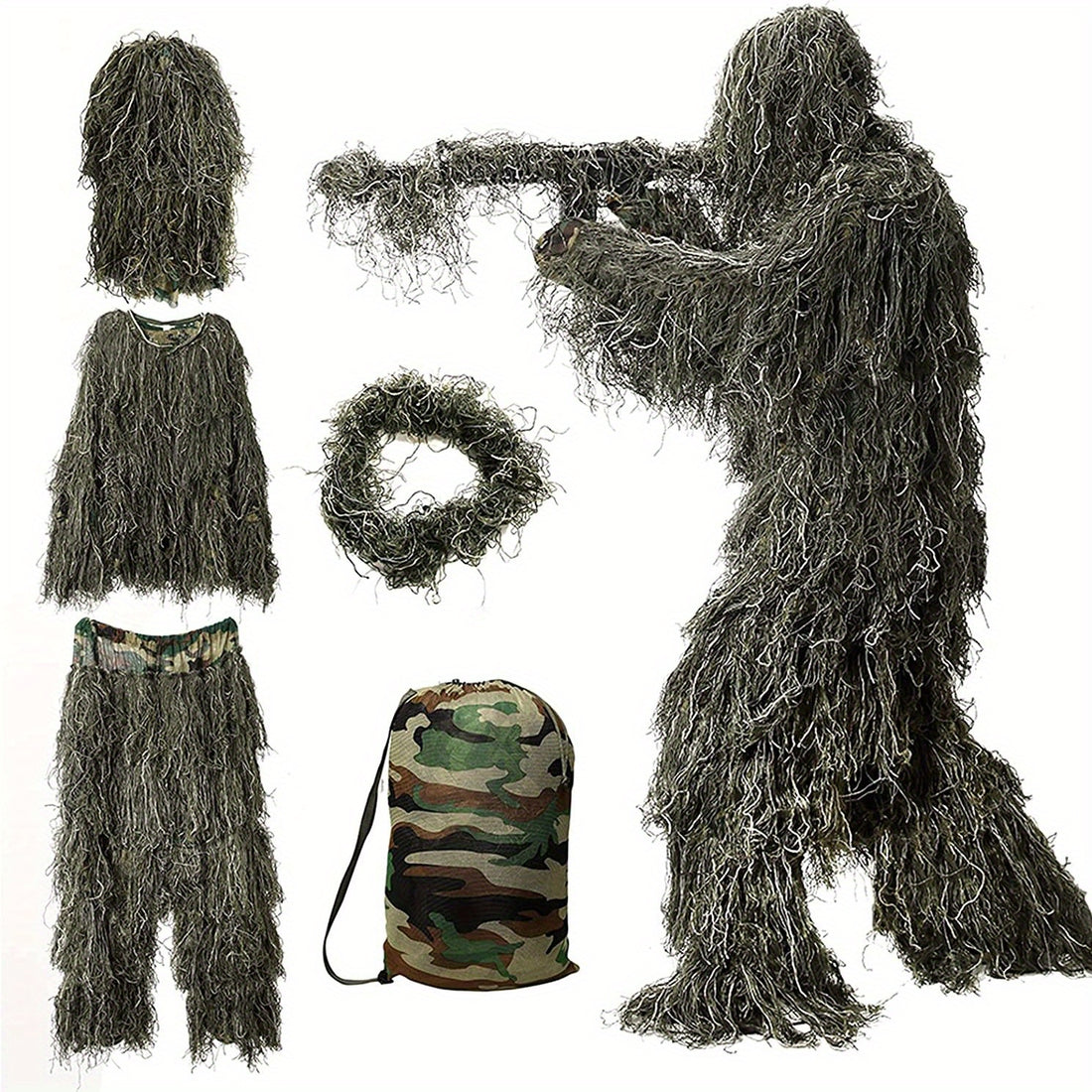Imagine you're in a situation where your safety depends on the gear you're wearing. Maybe you're a law enforcement officer heading into a high-risk operation, or perhaps you're a military personnel on a critical mission.
In such moments, the reliability of your ballistic plates is not just a matter of comfort, but a matter of life and death. Knowing exactly what kind of protection you have can make all the difference.
In this article, we'll take a look at the types of ballistic plates, their ratings, and what they mean for your protection.
Types of Ballistic Plates
First, let's explore the various types of ballistic plates. Primarily, ballistic plates are categorized into three types based on the materials used: ceramic, polyethylene, and steel.Ceramic Plates
Ceramic plates are widely used due to their lightweight nature and effective protection. These plates are typically composed of materials like alumina, silicon carbide, or boron carbide.
The key advantage of ceramic plates is their ability to disperse the bullet's energy upon impact, reducing penetration.
However, they are more prone to cracking compared to other types, which can compromise their integrity over time.
Polyethylene Plates
Next, we have polyethylene plates. These plates are made from ultra-high-molecular-weight polyethylene (UHMWPE). They are exceptionally lightweight, making them a preferred choice for extended wear.
Additionally, polyethylene plates can absorb multiple impacts without breaking.
Despite these benefits, they are generally thicker than ceramic plates, which might affect mobility.
Steel Plates
Lastly, steel plates are known for their durability and cost-effectiveness. Made from hardened steel, these plates can withstand multiple hits and provide excellent protection.
However, their weight is a significant drawback, making them less comfortable for prolonged use.
Additionally, steel plates can cause bullet spall, where fragments ricochet off the plate, potentially causing injury.

Ballistic Plate Ratings
Now that we know the types, let's talk about the ratings. The National Institute of Justice (NIJ) classifies ballistic plates based on their ability to stop different types of ammunition. The ratings range from Level II to Level IV.
Level 2 (Level II )
Level II plates offer protection against 9mm and .357 Magnum rounds. These are typically used in situations where lightweight and concealable armor is required.
However, they do not provide sufficient protection against higher-caliber rounds.
Level 3A (Level IIIA)
Level IIIA plates can stop higher-velocity rounds like .44 Magnum and 9mm submachine gun rounds.
This level is often chosen by law enforcement officers who need to balance mobility and protection.
Level 3 (Level III)
Level III plates are designed to stop rifle rounds, such as 7.62mm NATO full metal jacket bullets.
They provide a higher level of protection and are commonly used in military operations and by SWAT teams.
Level 4 (Level IV)
Level 4 plates offer the highest level of protection, capable of stopping armor-piercing rounds like .30-06 M2 AP.
These plates are typically used in high-threat environments and are often part of military body armor.
Choosing the Right Plate
Choosing the right ballistic plate depends on various factors, including the threat level, the duration of wear, and personal comfort.
For instance, if you need to wear the armor for extended periods, polyethylene plates might be the best option due to their lightweight nature.
On the other hand, if you require maximum protection against rifle rounds, Level IV ceramic plates would be more suitable.
Conclusion
Understanding the types and ratings of ballistic plates is essential for making an informed decision about personal protection.
Each type of plate offers unique advantages and drawbacks, and the ratings help determine the level of protection they provide.
By considering your specific needs and the environment in which you'll be using the plates, you can select the best option to ensure your safety.
Whether you're on the front lines or preparing for potential threats, having the right ballistic plate can make all the difference.


